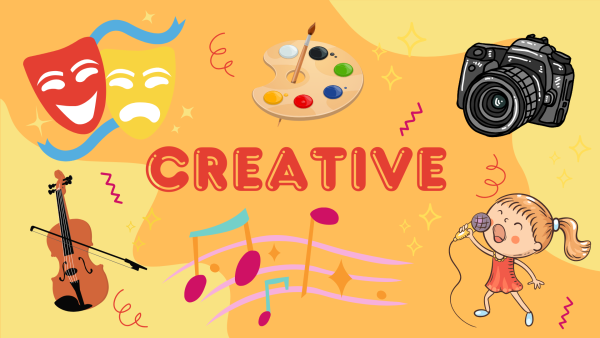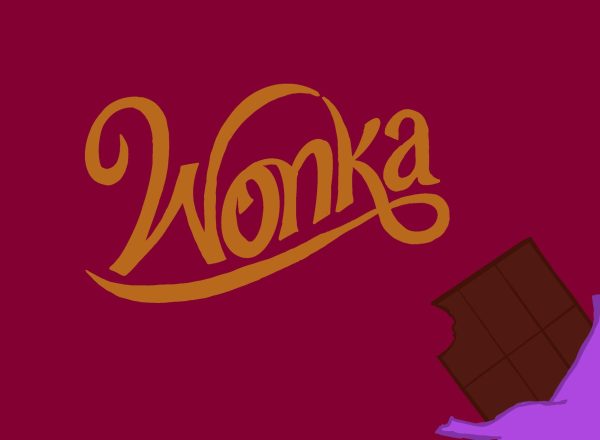The Growing Popularity of East Asian Media and Culture
From the hit Netflix series Squid Game to the global phenomena of K-pop, the popularity of Asian media and entertainment has widely spread around the world, especially in the west.
November 1, 2021
It’s mid-October and your friend asks, “What episode are you on?” They don’t have to clarify because you know exactly what they’re referring to: the foreign Netflix series, which seemingly everyone is watching and talking about right now. In fact, this show exemplifies the vast realm of Asian media that has become a global hit.
The South Korean Netflix original “Squid Game” is the most recent superhit that has taken the media by storm. From breaking massive records on Netflix to its significant impact on social media platforms such as TikTok, the series has set yet another notorious “trend.”
Before Squid Game emerged, however, there have been many other popular trends in the west that you might have not known to have originated in Asian countries.
For example, the dalgona or “whipped” coffee craze emerged on social media during the beginning of quarantine last year, influencing millions across the nation struck by boredom to make use of some instant coffee laying around. Dalgona coffee isn’t just a clever food hack, it’s actually inspired by a popular street toffee in South Korea. Remember the candy in Squid Game that the players trickily had to carve out without breaking? That’s dalgona.
Besides culture, Asian entertainment and music have had their impact on the globe too. Almost ten years ago, Gangnam Style became a global phenomenon. More recently, K-pop superstars such as BTS and Blackpink have dominated the world, shattering records and cultural barriers.
Despite the ongoing racial discrimination and reckoning Asians undeniably faced during the early months of the pandemic and continue to face, media and pop culture from countries, most significantly those of eastern Asia such as Japan and South Korea, have become more and more popular to the west, as well as the entire world.
However, not long ago, Asian representation in the entertainment world was scant. In the twentieth century, only a few names such as Bruce Lee and Jackie Chan were significantly renowned. If anything, Asians were often portrayed in a stereotypical manner.
Take Mr. Yunioshi from the 1961 romance comedy film Breakfast at Tiffany’s or, “the godfather of the Ching-Chong stereotype,” as termed by Jeff Yang from the Wall Street Journal.
While Asian representation in the entertainment industry, and just media in general, was often overshadowed by racial prejudices and stereotypes that still do unfortunately exist today, Asian presence in the western sphere has noticeably spread.
The character of Mr. Yunioshi was portrayed by American actor Mick Rooney, who did yellowface by taping back his eyes and wearing fake buck teeth to mock traditionally Japanese features. Rooney also imitated a Japanese accent and emphasized the “clumsiness” of Mr. Yunioshi by waddling around and crashing into everything to poke fun at the foreign character.
While Asian representation in the entertainment industry, and just media in general, was often overshadowed by racial prejudices and stereotypes that still do unfortunately exist today, Asian presence in the western sphere has noticeably spread.
So, what changed? What is so appealing about Asian entertainment and media now compared to the past?
Well, chances are, you probably first heard about Squid Game or the “whipped” coffee trend from social media platforms like TikTok. Unmistakably, social media has played a large role in the spread of Asian media and culture, which engages millions of people around the world, starting trends in an instant.
Take boba as another example. While the popularity of boba wasn’t caused by any specific trend on social media, bubble tea shops and consumers have gradually made it a social phenomenon by encouraging people to try out boba’s unique taste and for the aesthetic of the drink. Thus, what started from only a small tea stand in Taiwan during the late twentieth century is now a nationwide phenomenon in America.
This generation’s desire for diversity has also allowed Asian influences to spread around the world, especially in the west. Compared to the past, Gen Z, or anyone born between 1997 and the early or mid-2000s, are “more racially and ethnically diverse than previous generations,” according to Pew Research Center. With this, demographics have changed and cultural awareness is greatly increasing.
The moment more people become more aware and open to greater diversity, boundaries are broken and the bridge of appreciation for different kinds of entertainment and culture is built. With that said, it is important to acknowledge and, most importantly, appreciate the significance of Asian media beyond its popularity and the “trends” that come from it.













